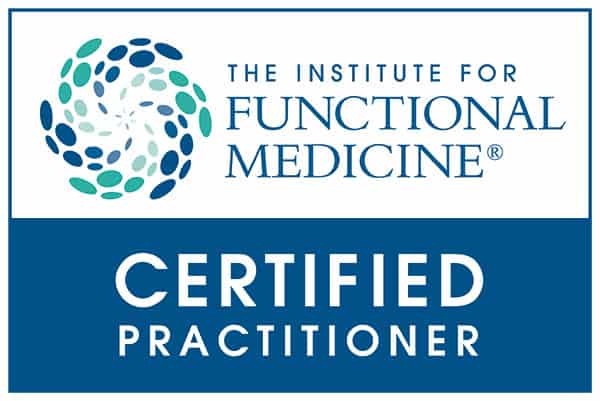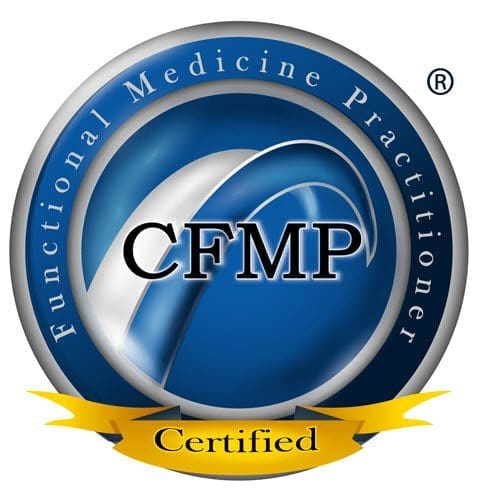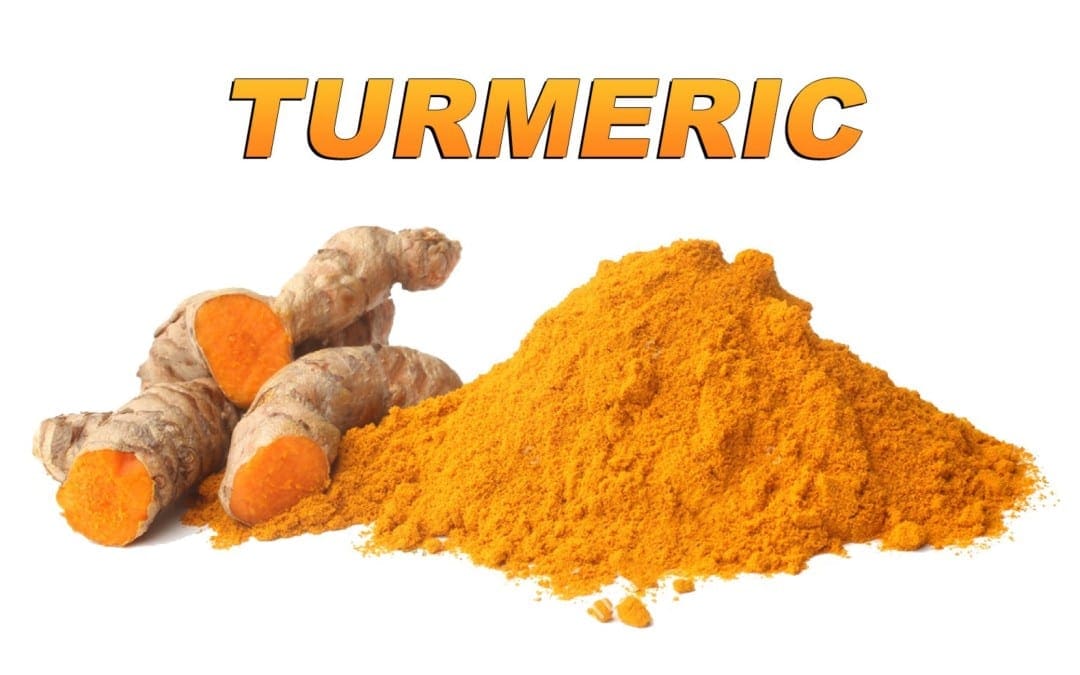
by Dr Alex Jimenez DC, APRN, FNP-BC, CFMP, IFMCP | Cancer Health, Turmeric
The ability of turmeric to fight cancer has been extensively researched. In fact, over 1,500 published studies show that curcumin, turmeric�s active ingredient, is an effective treatment for over 100 different types of cancer.
The fact that mainstream medicine hasn�t embraced turmeric as a non-toxic cancer therapy is nothing short of outrageous. But a new study, in which curcumin outperformed conventional chemotherapy drugs, may finally bring turmeric the recognition it deserves.
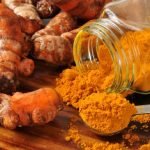
Turmeric Gains Popularity From Growing Awareness Of Chemotherapy & Side Effects
Chemotherapy targets cancer cells as foreign invaders to be eliminated � an approach that ignores the root causes of the disease, and doesn�t help to create an �anticancer� environment in the body. Toxic chemotherapy drugs � which kill healthy cells and cause debilitating side effects � are not very effective against cancer stem cells, the �mother cells� that regulate the growth of tumors.
In fact, the result of these toxic drugs is to make the body even more susceptible to the cancer stem cells � spurring them to create even more treatment-resistant cells.
However, chemotherapy does succeed in killing significant amounts of cancer cells, and this is not to say it should never be used. But, the opinion of many integrative healthcare professionals is that it should be used as a last resort, not a first line of defense � especially when safer, non-toxic options are available.
Curcumin Makes Chemotherapy Safer & More Effective
In a 2015 study published in Cancer Letters, curcumin was tested in conjunction with the chemotherapy drugs 5-fluoroucil and oxaliplatin against colorectal cancer. Adding curcumin to the regimen improved the efficacy of the drugs � the curcumin inhibited cancer cell growth and even increased apoptosis, or cancer cell suicide.
Even more impressive, the curcumin appeared to help the chemo drugs specifically target cancer stem cells, reinforcing the drugs� cancer-fighting abilities while lessening the side effects � including the neuropathies that can be caused by oxaliplatin. Side effects from curcumin � on the other hand � were minimal, involving mild gastrointestinal upset and dry mouth. Researchers concluded that curcumin is a �safe and tolerable adjunct� treatment.
But this wasn�t even the most significant result of the study.
Stunning Finding: Curcumin Outperformed Chemotherapy Drugs
In a small subset of patients, curcumin alone was found to be more effective in reducing overall cancer cells and cancer stem cells than the pair of chemo drugs alone. In other words, curcumin went head-to-head with chemo drugs and outperformed them � a truly astonishing result.
Researchers credited curcumin�s multiple methods of action with its success. Curcumin not only directly killed cancer cells, but also induced apoptosis, inhibited the growth of new cancer cells on a genetic level, and prevented blood supply from reaching new tumors.
All this, while promoting health with beneficial anti-inflammatory, antioxidant and hormone-balancing properties.
Extensive Studies Attest To Curcumin�s Ability To Fight Many Types Of Cancer
As the researchers noted, clinical trials of curcumin in an oncology setting have targeted many types of cancer, including colorectal, pancreatic, breast and blood cancers.
In one study, colorectal cancer patients who were given 1,080 mgs of curcumin daily showed an increase in the amount of dying cancer cells, a reduction of inflammation, improved body weight, and higher gene expression indicating suppression of cancer.
In another study published in Nutrition Research, curcumin-supplemented lab animals showed a 40 percent decrease in the development of colon tumors. These results are supported by an animal model of colon cancer in which curcumin improved survival rate and colon health by completely eliminating cancerous tumors.
In yet another study, patients with pancreatic cancer who were given 8,000 mgs of curcumin a day showed increased survival time along with significant reductions in tumor size � in one case, up to 73 percent.
And, finally, in a study involving prostate cancer, curcumin was shown to cut in half the growth rate of prostate-specific androgen, a marker of tumor progression.
Turmeric Is Still Unapproved & Unacknowledged By Conventional Medicine
In spite of its proven results, turmeric is not approved by the FDA for cancer treatment � and does not enjoy mainstream acceptance in the conventional medical community. The reason, many say, is financial � with hundreds of millions of dollars invested in clinical trials, and massive profits to be made, big pharma doesn�t have much incentive to develop a treatment from a common kitchen spice.
In fact, the industry lobbies to make treatment of cancer by alternative means a criminal offense.
Having said that, we naturally suggest you talk to a trusted medical professional before using turmeric � for any reason � and, don�t stop taking prescribed medication unless advised by your physician.
It should be noted that in the past, turmeric�s therapeutic potential has been limited by its poor bioavailability � the fact that the body doesn�t absorb or use it effectively. But, the development of liposomalized turmeric extract has changed all that, increasing the bioavailability 10 to 20-fold and allowing the curcumin to begin its health-promoting and cancer-fighting work.
Hopefully, the research � presented in this article � will shine a light on the amazing healing potential of turmeric. We encourage every caring physician to do their own research � for the sake of their patients.
Editor�s note: I, personally, use a wonderful liposomal form of turmeric � which you can purchase here and, yes, your purchase does support our operations � at no extra cost to you.

Call Today!
References:
https://www.ncbi.nlm.nih.gov/pmc/articles/PMC4510144
http://www.naturalhealth365.com/curcumin-prevent-cancer-1803.html
http://www.naturalhealth365.com/curcumin-cancer-cells-2009.html
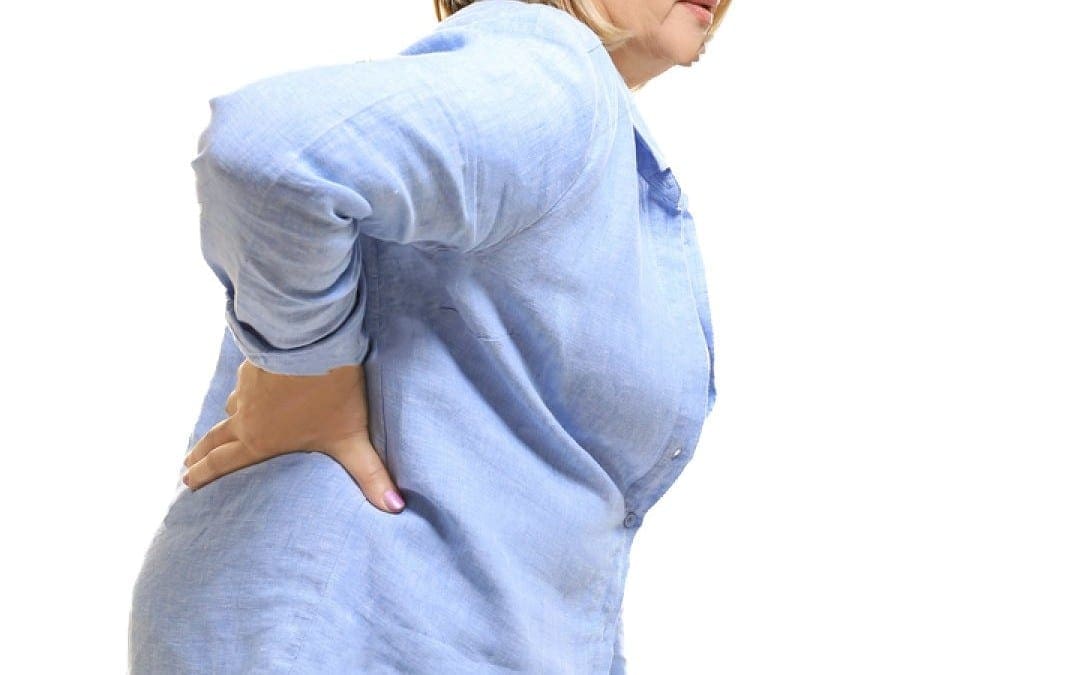
by Dr Alex Jimenez DC, APRN, FNP-BC, CFMP, IFMCP | Chiropractic, Chronic Back Pain, Migraines, Neck Pain
You get up with it. You go to sleep with it. An incredible number of men and women live with chronic back or neck pain every day. What’s chronic pain? It is technically defined as pain that lasts for 12 weeks or more�even after pain isn’t any longer acute (short-term, serious pain) or the injury has healed.
Accurate Analysis
Getting an exact identification of the reason for neck pain or your back is vital to the outcome of your treatment plan. Depending on the severity and cause of your pain that is chronic, you might need to find out different specialists in addition to your own primary care physician�pain medicine specialist, orthopaedic spine surgeon, neurosurgeon, physiatrist, rheumatologist, physical therapist among others. Over time your chronic pain need to be reevaluated, and may transform, which might affect the way it is handled.
Your chronic back or neck pain treatment generally features a variety of treatments to maximize results that are great. A number of the treatments your doctor prescribes and recommends may include:
Physical Therapy:
Extending and strengthening muscles is vital in the treatment of neck pain or chronic back.
Chiropractic Care:
Depending on your own diagnosis, chiropractic care may be recommended by your doctor. Studies have demonstrated that two weeks of day-to-day exploitation by a chiropractor can result in considerable progress in a few patients with persistent low back pain and referred leg pain.

Medicines:
There are lots of different prescription medications to take care of neuropathic pain, inflammation, muscle spasms, and pain. Additionally, you will find drugs to treat conditions that often accompany chronic pain, including drugs that will help you sleep, alleviate depression, and reduce nervousness.
Processes:
Your doctor may recommend a spinal cord stimulator, spinal injections, drug heart, or spine surgery. You can get a second opinion, in the event you might be uncertain about the treatment plan recommended.
Coping skills:
Never underestimate the power of your head. Your mood and mental perspective can greatly make an impact on your level of pain. Talk with a trained specialist to understand relaxation and coping skills.
Complementary Treatments:
Many physicians recommend acupuncture and other types of traditional Chinese medicine. Speak to your doctor about these choices.
A couple of words about …. age, fitness, body weight
You probably involve some control over body weight and your level of fitness, although you can�t stop aging or its effects. While you can�t stop the clock on the cellular changes that are recognized to accompany aging�such as loss of muscle mass and bone density �you can take little steps today to build a more stronger�you tomorrow.
It�s understood that patients with chronic back or neck pain may not feel like being active, going to the gym and even adhering to a home exercise program. Yet, being active can help chronic pain because during exercise your body releases endorphins�your body�s natural painkiller.
Moreover, by teaming up together with and/or your physician physical therapist you can start to build abdominal muscles that are strong �essential to your own body�s center strength which helps support your back.
Did you know that by simply losing even 5 to 10 pounds you can reduce back pain? It�s true. Carrying around extra weight translates to added stress to the low back that may exacerbate pain.
Conclusion
In many instances, aggressive and early treatment of chronic back or neck pain can make a life-changing difference. But remember that knowledge is power: Be certain you comprehend your alternatives before deciding which route to take.

Call Today!

by Dr Alex Jimenez DC, APRN, FNP-BC, CFMP, IFMCP | Fitness, Health, Wellness
Walk into any�HIIT�class or CrossFit box and chances are you�ll be asked to do a variation of a plyometric jump. Box jumps, frog leaps and tuck jumps help you improve your�VO2 max�(speed), flexibility and�range of motion. But that�s not all. Their explosive power works your entire body, while getting your heart rate up.
Kat Ellis, head trainer and instructor at�Uplift Studios�in New York City, says, �Plyometrics are a mix of stability and strength, and create a strong foundation for doing explosive�weightlifting�moves like the�clean and jerk�and�snatch.�
But if you�re not nailing down the form of these moves properly, you can risk injuring yourself and cause strain on your joints. That�s where tempo training comes in. Modulating movement based around a tempo allows the body to activate fast twitch muscle fibers and to learn to distinguish the difference between speed and power, Ellis explains. �The body finds a moment of explosive activation. For example if you�re doing a�push-up, concentrate on lowering the chest down for three seconds and pushing back up to a plank in one. The tempo, is 3-2-1, push.�
RELATED:�3 Fat-Blasting HIIT Workouts to Try Now
Plyometrics help develop�core strength�and joint stability, too. �Tempo training forces you to slow things down. You�re regressing the exercise to make sure your whole body is truly engaged,� Ellis explains.
According to the�National Academy of Sports Medicine, plyometrics are broken down into three phases: the eccentric phase, the amortization phase and the concentric phase. Take the box jump, for instance. The eccentric phase is when you�re in a half-squat position with your knees bent. When you drive from your heels to jump, that�s the amortization phase. The concentric phase is when you finally land on the box and release the energy and tension in your muscles. With that said, take Ellis�s lead, as she breaks down these three popular jumps.
RELATED:�3 Plyometric Moves That Turn up the Burn
Bust a Move: 3 Plyometrics Exercises, Broken Down
1. Frog Leaps


Progression 1
How to:�Stand with your feet a little wider than hip-distance apart with your toes slightly turned out to the sides. Raise your arms at your sides with your hands overhead and palms facing forward (a). Sit into a deep sumo squat with your butt back and down so your weight is evenly distributed from your arches to your heels (b). Press up from the squat and lift your right leg up to hip height, bending your right knee (c). At the same time, engage your right oblique muscles so you bring your right thigh towards your right elbow (d). Return to the starting position and repeat on the left side. Alternate for five reps on each side.
Progression 2
How to:�Sit back into a deep sump squat position with your hands overhead together and palms facing forward (a). Driving from your heels, jump up, bending your knees so your thighs touch or brush up against your thighs (b). Land softly into a sumo squat before jumping again (c). Do five to eight reps.
RELATED:�The Ultimate 20-Minute MetCon Workout
2. Tuck Jumps


Progression 1
How to:�Stand with your feet hip-distance apart with your toes facing forward (a). Sit into a squat with your arms at your sides raised to shoulder height, palms facing each other (b). As you stand up from the squat, lift your right leg to hip height with your right knee bent (c). At the same time, place one palm on top of the other to meet your right knee. Repeat on the left side (d). Alternate for five reps on each side.
Progression 2
How to:�Start in a squat position with your arms at shoulder height and palms facing each other (a). Jump up as high as you can, driving your knees towards your chest, almost touching the palms of your hands (b). Re-extend your legs to land softly on the ground (c). Do five to eight reps.
RELATED:�5 Plyo Box Exercises to Rev Your Fitness
3. Box Jumps


RELATED:�12 No-Bake Energy Bites Recipes
Progression 1
How to:�Stand behind a box or step with your feet shoulder-width apart and a slight bend in your knees (a). Step one foot at a time onto the box, keeping the slight bend in your knees, and then step back down one foot at a time (b). Do five reps.
Progression 2
How to:�Stand behind a box with your feet shoulder-width apart and a slight bend in your knees (a). Jump onto the box with both feet, landing with your knees slightly bent (b). Jump back down and repeat for five to eight reps. Note: If you�re doing this move in a CrossFit WOD, standard technique is to straighten your legs at the top of the box, standing tall, before hopping or stepping back down.
GIFs: Tiffany Ayuda / Life by Daily Burn
This article originally appeared on DailyBurn.com.

by Dr Alex Jimenez DC, APRN, FNP-BC, CFMP, IFMCP | Arthropathies, Health News El Paso
(HealthDay News) — Blood tests to diagnose and monitor rheumatoid arthritis may be thrown off by obesity in women, a new study suggests.
“Physicians might assume that high levels of inflammation mean that a patient has rheumatoid arthritis or that their rheumatoid arthritis requires more treatment, when in fact a mild increase in levels of inflammation could be due to obesity instead,” explained study author Dr. Michael George, who’s with the University of Pennsylvania Health System in Philadelphia.
Blood tests for C-reactive protein (CRP) and erythrocyte sedimentation rate (ESR) can help physicians check the severity of inflammation in rheumatoid arthritis patients, the researchers said.
Previous studies have suggested that obese women may normally have higher CRP and ESR levels. So, the authors of this study decided to take a closer look at the issue.
The study included information from more than 2,100 people with rheumatoid arthritis. The researchers then compared that information to data from the general population.
A higher body mass index (BMI — an estimate of body fat based on weight and height) was associated with greater CRP in women with rheumatoid arthritis and women in the general population, especially in severely obese women. There was also a modest association between obesity and ESR.
Conversely, in men with rheumatoid arthritis, a lower BMI was associated with greater CRP and ESR.
The findings may help improve understanding of the link between weight and inflammation. It may also help doctors learn more about how this relationship differs between women and men, the study authors added.
The findings were published April 10 in the journal Arthritis Care & Research.
“Our results suggest that obesity may lead to increased levels of CRP and ESR in women with rheumatoid arthritis,” George said in a journal news release.
“The increase in these levels of inflammation was not because rheumatoid arthritis was worse in these women,” he said.
“In fact, we found that obesity leads to very similar increases in these lab tests even in women without rheumatoid arthritis,” he added.
Doctors should be careful when interpreting the results of these lab tests since both rheumatoid arthritis and obesity can contribute to inflammation levels, George said.

by Dr Alex Jimenez DC, APRN, FNP-BC, CFMP, IFMCP | Children, Chiropractic News
The Journal of Clinical Chiropractic Pediatrics (JCCP) is the official peer-reviewed journal of the ICA Council on Chiropractic Pediatrics. It is committed to publishing research, scientific and professional papers, literature reviews, case reports and clinical commentaries for chiropractors and other health care professionals interested in the treatment of the pregnant, postpartum and pediatric patient. Through the publication of these papers and the dissemination of this information, the JCCP seeks to encourage professional dialogue and awareness about chiropractic pediatric care to help enhance patient care and improve patient outcomes.
Editors: Sharon A. Vallone, DC., DICCP., Cheryl Hawk, DC, PhD.
We are hopeful that this venue will provide field clinicians interested in maternal health and pediatric chiropractic with current research, case reports and clinical commentary that they will find both useful and informative. �We invite you to submit your own research or scientific writing for consideration for publication in this journal.
Download PDF
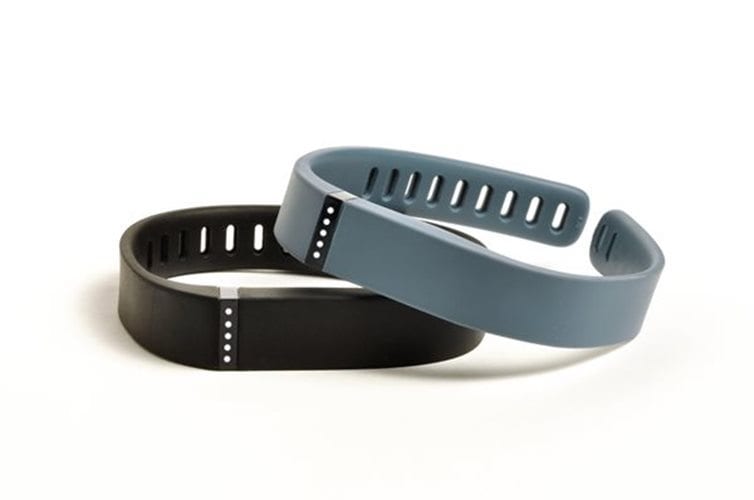
by Dr Alex Jimenez DC, APRN, FNP-BC, CFMP, IFMCP | Diets, Fitness
Some people who rely on fitness trackers to see how hard they work out may want to rethink this approach, according to a small study that suggests the increasingly popular devices may get more accurate heart rate readings when users are at rest than during exercise.
The study tested four popular wristbands, each of which has a light-emitting diode (LED) that measures heart rate from tiny changes in skin blood volumes by using light reflected from the skin.
Participants in the study – 40 healthy adults – wore two trackers on each wrist and compared resting and exercise heart rate readings on the devices to the gold standard used by doctors: an electrocardiogram (ECG or EKG) test.
At rest, the Fitbit Surge got heart rate measurements that most closely matched the ECG results, and the Basis Peak was furthest off. In tests that also included the Fitbit Charge and Mio Fuse, none of the trackers got exercise heart rate readings that came close to the ECG.
These results suggest that while the trackers may help monitor daily activity, it’s not clear the heart rate readouts would be accurate enough to help patients with certain health problems make medical decisions, the authors note in Annals of Internal Medicine.
“At any moment, the tracker could be off by a fair bit, but at most moments, it won’t be,” said lead study author Lisa Cadmus-Bertram of the University of Wisconsin in Madison.
“This is why our paper doesn’t suggest that the commercial trackers we tested would be sufficient for medical applications where high precision is needed during exercise,” Cadmus-Bertram said by email. “Yet for the typical recreational user, they may still provide feedback that’s useful and motivational.”
To assess the accuracy of the trackers, researchers examined heart rate data for participants who were 49 years old on average and slightly overweight.
First, they looked at the amount of agreement between the readings from the trackers and the ECG tests.
When participants were seated, researchers took readings for the trackers and the ECG tests at one-minute intervals for 10 minutes.
The narrowest range of differences between the trackers and the ECG, indicating the most accuracy, was for the Fitbit Surge. The range for this tracker ranged from an underestimation of 5.1 beats per minute to an overestimation of 4.5 beats per minute.
The widest range of difference at rest was for the Basis Peak, which ranged from an underestimation of 17.1 beats per minute to an overestimation of 22.6 beats per minute.
When participants exercised on a treadmill, the ranges were even wider. The Mio Fuse ranged from an underestimation of 22.5 beats per minute to an overestimation of 26 beats per minute, for example, while the Fitbit Charge range from an underestimation of 41 beats per minute to an overestimation of 36 beats per minute.
The study is small, and researchers found only limited repeatability with results for the same participant under the same conditions.
Still, the findings are an important first step in understanding the clinical validity of wrist trackers many patients already use, said Dr. Daniel Cantillon, a researcher at the Cleveland Clinic in Ohio who wasn’t involved in the study.
“We need data testing these devices among patients with specific disease states, such as heart failure, atrial fibrillation and other chronic medical problems, where it is possible that additional variation will occur with physical activity,” Cantillon said by email.
In particular, patients with the most common heart rhythm disorder, atrial fibrillation, shouldn’t rely on the trackers to detect abnormal rhythms, said Dr. Sumeet Chugh, a researcher at Cedars-Sinai Heart Institute in Los Angeles who wasn’t involved in the study.
“There is a lot at stake here,” Chugh said by email. “When it comes to the use of wrist-worn trackers, we need to be confident of accuracy comparable to treadmill testing if we are going to use the information for patient care.”
A spokesperson for Fitbit told Reuters Health that Fitbit trackers “are not intended to be medical devices” but instead “to give a more informed picture” of overall health. “Extensive internal studies . . . show that Fitbit’s PurePulse technology performs to industry standard expectations for optical heart rate on the wrist,” the spokesperson said.
Mark Gorelick, Chief Science Officer at Mio Global, said in a statement that the company’s technology “helps consumers understand the intensity of their exercise, based on their personal profile and heart rate data, and empowers them to proactively manage their health and reduce risk of lifestyle-related diseases.”

by Dr Alex Jimenez DC, APRN, FNP-BC, CFMP, IFMCP | 915 Crossfit WOD Rss, Crossfit (Local)
We started off this week with a BANG! Today is no different. There is no strength work, which means that you should expect a metcon that is a little on the longer side. Have Fun!
-Jon Jon
Metcon:
A) 2 Rounds:
500m Run
15 Clean and Jerks
(RX: 135/95)(Sc: 115/75)
B) 2 Rounds:
500m Row
50 Air Squats
C) 2 Rounds:
1000m BIke
25 KB Swings
(RX: 55/35)(SC: 44/25)
Supplemental Work:
1) Bent Over Rows- 3�10
2) Lat Pull-downs- 3�10
3) DB Bench Press- 3�10
4) Seated DB Shoulder Press- 3�10



















